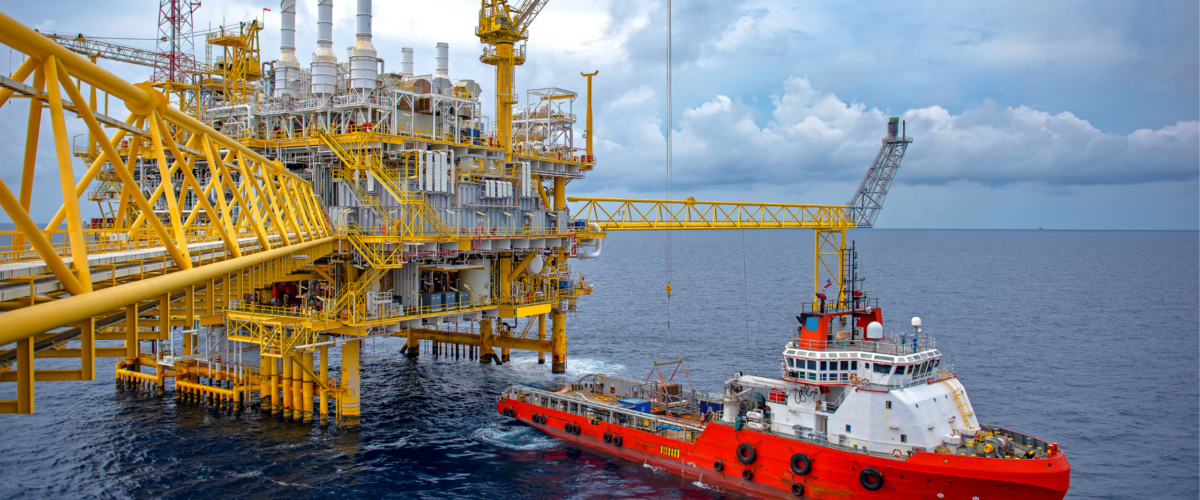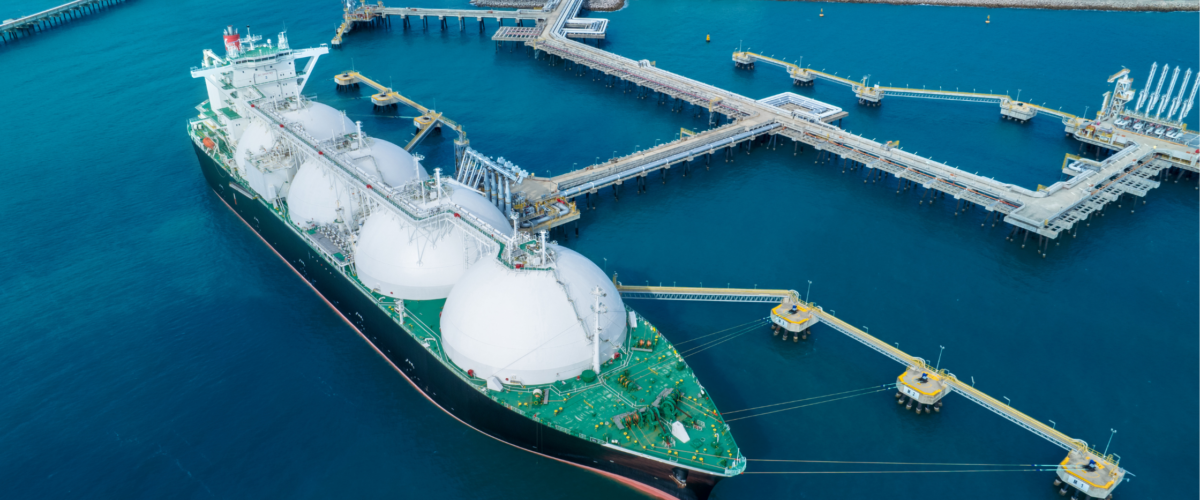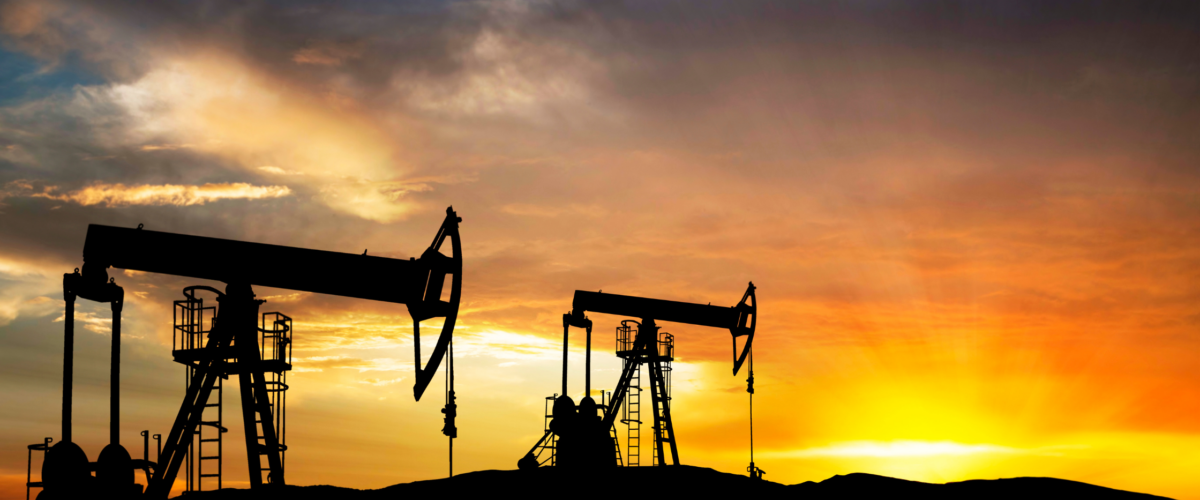The oil and gas industry has long been associated with massive infrastructure, high-risk operations, and data-intensive decision-making. In recent years, however, the rise of digital transformation has ushered in a new era—especially in onshore oilfields—where technologies like the Internet of Things (IoT), Artificial Intelligence (AI), and Big Data are redefining operational efficiency, safety, and profitability.
Onshore oilfields are no longer just about drilling rigs and pumpjacks—they’re becoming smart, connected ecosystems. Here’s how digital transformation is revolutionizing the field.
IoT: Connecting the Oilfield in Real Time
The Internet of Things is at the heart of digital transformation in onshore operations. IoT enables equipment, sensors, and systems to communicate and share data in real time.
Key Applications:
-
Remote Monitoring: Sensors installed on pumps, compressors, pipelines, and storage tanks can detect changes in pressure, temperature, flow rate, and vibration. Operators can monitor performance from centralized control centers.
-
Predictive Maintenance: IoT data can detect early signs of equipment failure, allowing maintenance teams to take preventive action before breakdowns occur—reducing downtime and repair costs.
-
Field Automation: Automated wellheads and smart valves can adjust flow or shut down automatically in case of anomalies, enhancing safety and control.
Result: Enhanced visibility, reduced operational risk, and faster decision-making on-site and remotely.
Artificial Intelligence: Smarter, Faster, Leaner
AI algorithms process the massive volume of data generated by oilfield operations to uncover patterns and insights that humans might miss.
How AI Is Making an Impact:
-
Reservoir Optimization: AI models predict how a reservoir will behave under various production scenarios, helping engineers fine-tune extraction methods.
-
Drilling Automation: Machine learning assists in optimizing drilling parameters like weight on bit, rate of penetration, and mud flow—leading to faster, safer drilling.
-
Anomaly Detection: AI systems flag abnormal data trends that may indicate a leak, equipment malfunction, or safety hazard.
Result: Reduced human error, faster analysis, and enhanced exploration and production outcomes.
Big Data: Turning Information into Insight
Oilfields generate terabytes of data daily—from seismic surveys to well logs to production stats. Big Data technologies aggregate, store, and analyze this data efficiently.
Benefits of Big Data Analytics:
-
Integrated Decision-Making: Centralized data platforms allow geologists, engineers, and operators to access real-time information and collaborate across disciplines.
-
Production Forecasting: Advanced analytics help model future production scenarios, guiding capital investment and project planning.
-
Environmental Monitoring: Big Data tools track emissions, water usage, and other environmental factors to ensure compliance and sustainability.
Result: Better forecasting, reduced waste, and more efficient resource management.
The Connected Oilfield: Where It All Comes Together
When IoT, AI, and Big Data work in concert, they create a digitally connected oilfield where every asset, process, and decision is driven by real-time insight. This transformation enables:
-
Faster turnaround on drilling and completion
-
Safer working conditions through automation
-
Lower costs via proactive maintenance and optimized logistics
-
Sustainable practices with real-time environmental monitoring
Real-World Example: Smart Oilfields in Action
Many leading energy companies are already reaping the benefits of digital transformation. For example:
-
Saudi Aramco has implemented advanced analytics and digital twins to monitor and optimize its onshore production.
-
Chevron’s i-field initiative integrates IoT, AI, and Big Data to streamline upstream operations and improve decision-making across its fields.
-
Shell uses machine learning to enhance seismic interpretation and reservoir simulation in its onshore assets.
Looking Ahead: The Future of Digitally Transformed Oilfields
The journey is just beginning. As cloud computing, edge computing, 5G connectivity, and augmented reality (AR) become more accessible, onshore oilfields will evolve further. Future operations could involve:
-
Drone inspections of remote infrastructure
-
AR-assisted training and maintenance
-
Blockchain-secured data sharing across value chains
The goal? To create a highly efficient, safe, and agile oilfield that’s ready to meet the challenges of a changing global energy landscape.
Conclusion: A Smarter, More Sustainable Oilfield
Digital transformation is no longer optional—it’s a strategic imperative. By embracing IoT, AI, and Big Data, onshore oilfield operators are not just optimizing performance; they’re future-proofing their operations against economic, environmental, and technological disruptions.
Read more on Sparkview Energy:
Environmental Innovations in Oil Spill Cleanup Technology
The Role of Autonomous Underwater Vehicles (AUVs) in Offshore Oil Exploration
Carbon Capture and Storage: Transforming Emissions into Opportunity










